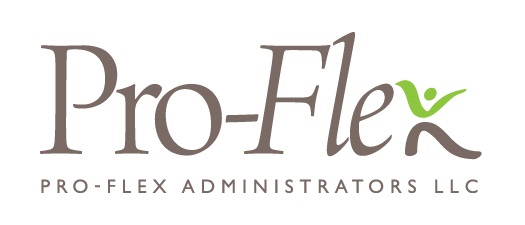Ask more than 2,000 privately insured adults for their perspectives on their healthcare benefits, and you’re bound to get a range of opinions. But you would also likely find two common themes: dissatisfaction with the rising cost of healthcare and confusion about how certain plans work. For the past 15 years, the Employee Benefit Research Institute has partnered with research firm Greenwald & Associates to track the way consumers engage with their healthcare benefits and the way they feel, in particular, about consumer-driven health plans (CDHP) and high-deductible health plans (HDHP), as enrollment in each continues to grow.
In the duo’s most recent “Consumer Engagement in Health Care Survey,” 15 percent of privately insured adults said they have a plan associated with a CDHP, either a health reimbursement arrangement (HRA) or health savings account (HSA). Ninety percent of respondents said they are satisfied with the quality of their medical care, their choice of physician and access to care. And, over time, it appears that people get used to their higher deductible costs because of the savings they experience through lower premiums and the financial security they build through their HSA. For example, among HDHP enrollees, the percentage of extremely or very satisfied employees increased from 35 percent among those enrolled in their plan for less than one year to 50 percent among those enrolled in their plan for three or more years.
When it comes to engaging employees with their CDHP in 2020, here’s what else the survey suggests will work best:
- Empower them with multiple plan options.
One thing is clear: Healthcare consumers want options. While about two-thirds of individuals reported that they have a choice of at least two health plans and are satisfied with the ease of selecting a plan and the information available to help them do so, they reported being the lowest satisfied with the number of health plans they have to choose from.
Consumers with HDHPs were most likely to report that they had a choice of health plans: 28 percent of HDHP enrollees reported that they had three health plans to choose from, compared with 17 percent of traditional plan enrollees.
- Educate them about the ins and outs of HSAs.
Consumers’ familiarity with how HSAs work and what the benefits of these accounts are is seriously lacking. Only 58 percent of HDHP enrollees and 30 percent of traditional plan enrollees knew that they could use their HSA to pay for healthcare expenses in retirement. Further, only 39 percent of HDHP enrollees and 13 percent of traditional plan enrollees knew that HSAs could be invested in mutual funds. And 45 percent of HSA enrollees did not know that if they leave their job, they keep their HSA and the money in it.
But because HDHP enrollees generally exhibit more cost-conscious behavior than traditional plan enrollees (for example, they’re more likely to ask for a generic drug instead of a brand-name drug and to check the quality rating of a doctor), it is worth the time it takes to get consumers up to speed on how HSAs can serve them.
- Embrace different strokes for different folks.
Increase engagement by considering your employees’ ages and tailoring your benefits offerings accordingly, as behaviors and perspectives vary significantly across generations. For instance, surveyed baby boomers were most likely to view HSAs as savings accounts, while millennials were most likely to view them as investment accounts (spoiler alert: they can be used as both). This suggests that messaging and education initiatives for each should be approached differently.
The survey even uncovered generational differences for those who had a primary care provider: 80 percent of baby boomers do, as opposed to 74 percent of Gen Xers and 65 percent of millennials. This suggests that, as healthcare matters continue to distress many consumers, personalization has never been more important when it comes to empowering them to take ownership of both their financial and physical health.






